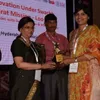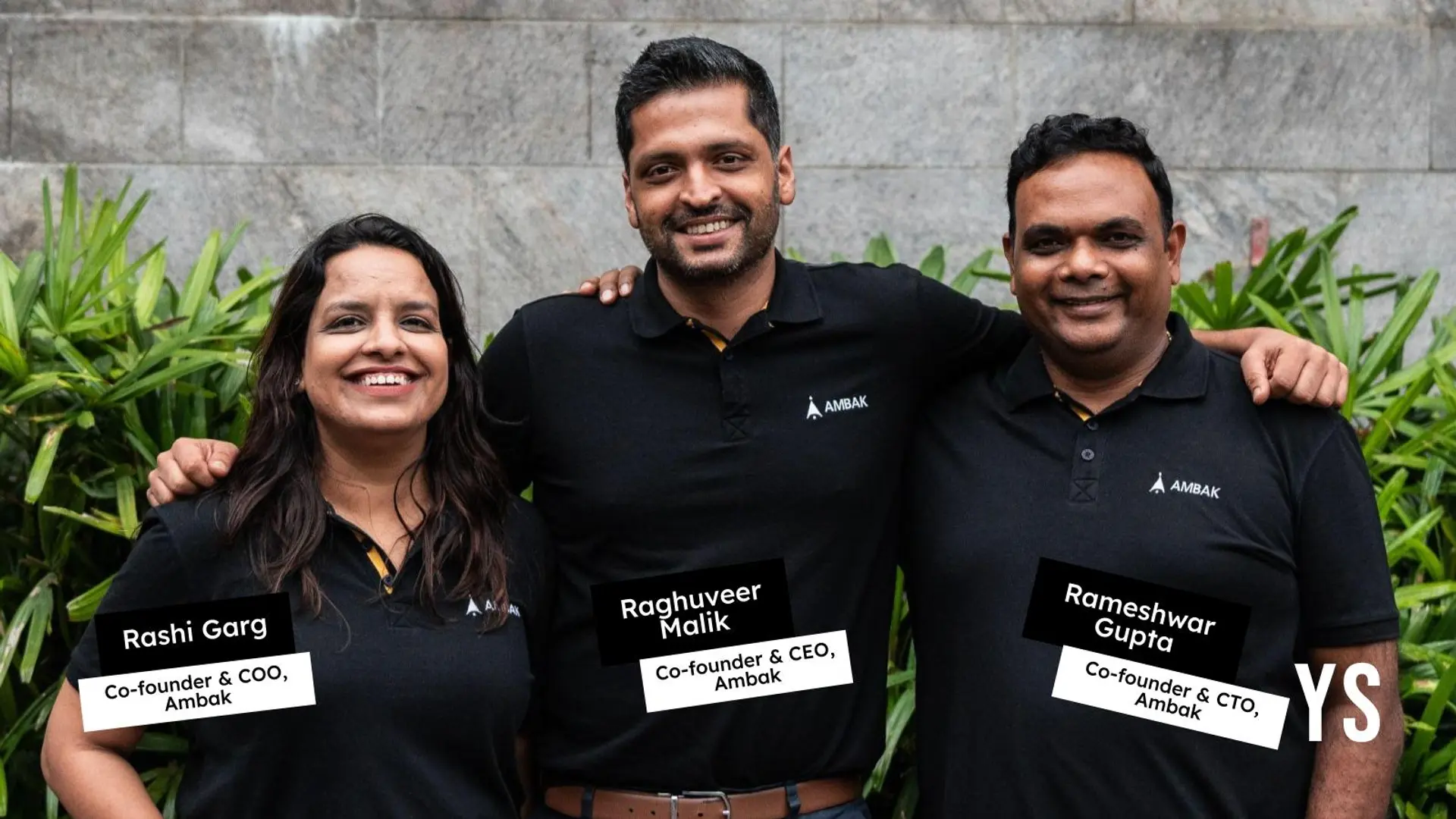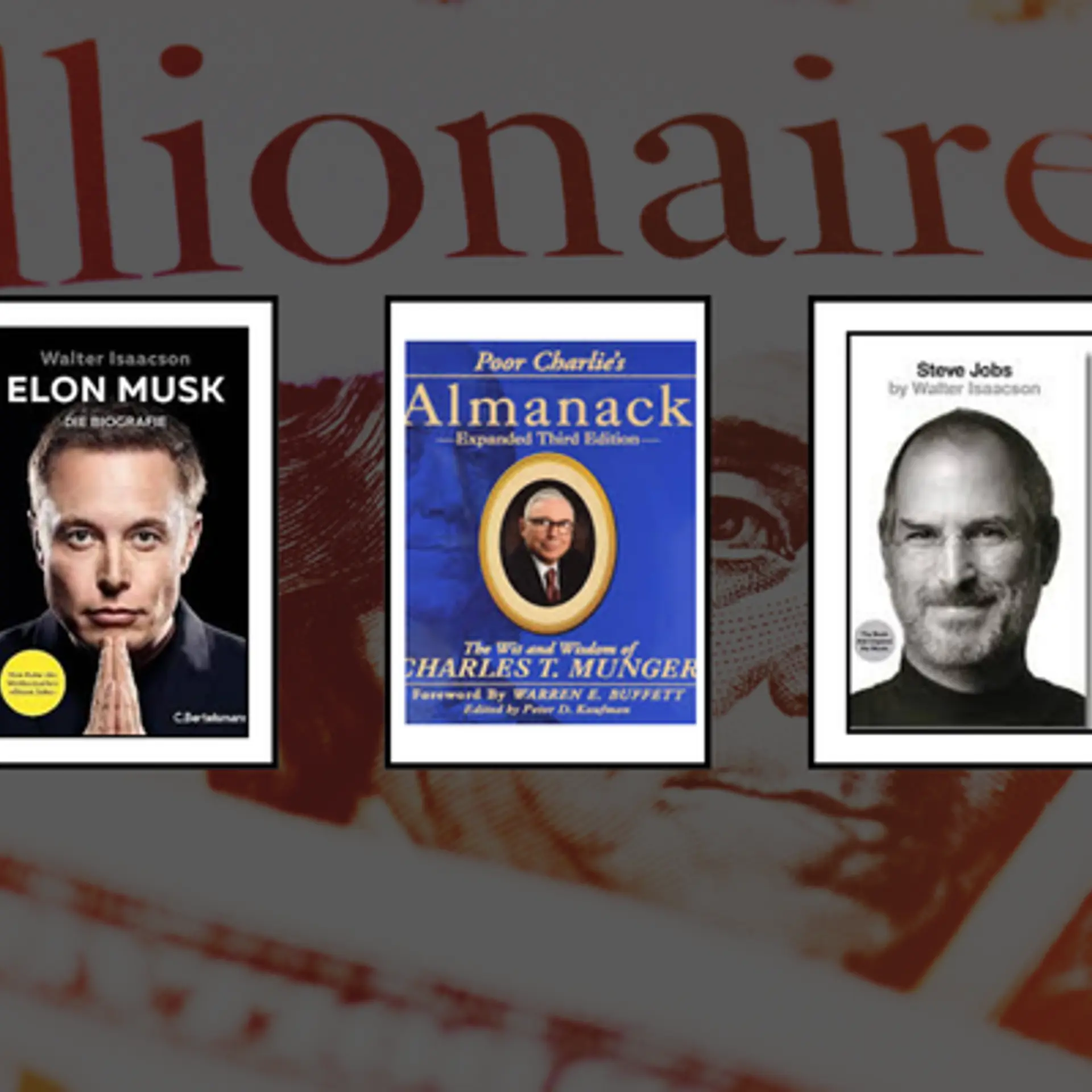Craig Leeson’s ‘A Plastic Ocean’ shows the devastating effects of plastic on marine life
Award-winning journalist, filmmaker, and television presenter Craig Leeson’s 'A Plastic Ocean' is now trending on Netflix and Amazon Prime. In a conversation with SocialStory, he talks about the movie and why he chose to present the burning issue of plastic pollution.
Located 240 kilometres south of the Australian mainland, is the irregularly heart-shaped island state of Tasmania. Home to pristine beaches and exquisitely landlocked lagoons, the region is considered a paradise for seafarers and tourists. The blue canvas that surrounds the land supports a diverse set of marine life - from giant squids and migrating whales, to tropical seabirds like silver gulls.

Visual of a blue whale.
However, over time, piles of plastic have been polluting the shoreline and also creeping into the waters. Not only does this leave behind damaging effects on underwater animals, but also adversely impacts human health.
Craig Leeson, renowned journalist and filmmaker, grew up amidst this oceanic landscape. But, until a few years ago, making a documentary surrounding the harmful impact of plastic was not even on his radar. His association with free diver and environmental activist, Tanya Streeter led him to set out on a journey across the world to investigate and record the alarming truths about the “not-so-fantastic material.”

Craig and his team filming on boats with the big heavy RedOne camera.
Today, Craig’s cinematic feature length film A Plastic Ocean is trending both on and Prime. Subtitled in 25 languages, the documentary has won more than 15 awards and has been screened in over 70 countries. The shorter version of the film was premiered at the UN General Assembly, New York, in conjunction with the Permanent Mission of Colombia, to 500 odd people.
The filmmaker is now all set to leverage cinema as tool to create awareness about environmental pollution and climate change in partnership with BNP Paribas.
In a conversation with SocialStory, Craig Leeson talks about his experience of capturing plastic on camera.
SocialStory: What drove you to transition from journalism to moviemaking?
Craig Leeson: News is like feeding a hungry beast. After a certain period, people tend to forget the occurrences and move on. I moved into filmmaking because I wanted to hone my story-telling skills and produce content that would have a historical significance. It has been quite some time since I entered the space of cinema. I have made many documentaries in the last few decades catering to television audiences of BBC, National Geographic and CNN. A Plastic Ocean is my first feature-length film.

Plastic floating around in the waters during the making of the documentary.
SS: When did the idea of making a film on plastic in oceans come to mind?
CL: The idea kicked off after my encounter with Jo Ruxton, a marine biologist. Since I was a surfer and well-connected to the ocean ecosystem, she asked me about single-use plastic and its effect on underwater life. At the time, I did not know much about it. But, when Jo told me about the research being undertaken by the North Pacific Board with regard to the amount of plastic invading the waters, I started looking around more.
I observed plastic particles, bags and bright-coloured packaging material floating around seas. I started thinking about how I had missed out on noticing such a widespread and prevalent problem. After due reflection, I figured that plastic had become such an integral part of my lifestyle that I was unable to see it. I came across an investigative report that pointed out a shocking statistic. They had found 46,000 pieces of plastic in every square mile of the ocean they tested. That was when I decided to make a film surrounding the issue.
SS: How long did it take for you to film A Plastic Ocean?
CL: Producing the film took about eight years and half of this duration was spent in shooting. The crew as well as our team of researchers and scientists went to 21 different locations around the world including some of the most remote islands where people had not set foot. We wanted every vision in the movie to be backed by data.
Besides, we had to organise our shoots according to the seasons and timings of animals. So, we were constantly on the run. When we finished making the first draft of the documentary, the entire team sat down to watch it. However, all of us were quite depressed in the end. At that moment, we realised that it was not enough to just focus on the problem, but also on the solution. We immediately added another six months to the schedule to record solutions to the plastic menace that had penetrated the oceans.

It took eight years for Craig Leeson to make the movie.
SS: Can you tell us about your personal observations and experiences during the making of the film?
CL: The awareness about plastic and its detrimental nature was not very well-known a decade ago. So right from raising money to screening the documentary, it was a tough ride. Imagine going to an investor and pitching the idea of showing a material that was making everybody’s life convenient in bad light.
Besides, getting an audience to watch an issue-based documentary was a huge challenge. People preferred to watch only films with happy endings. So, we had to make it in such a way that it would appeal to a wide audience.
During the first eight minutes of A Plastic Ocean people do not get to see or hear about plastic. It starts with showcasing the magnificence of the largest mammal known to mankind - the blue whale. It delves into the issue of plastic a little later. This juxtaposition was intentionally brought out so that people can be aware about how the consumption of plastic is impacting marine and human life. Also, the film was conceptualised in such a way that everybody could understand it – right from an eight-year-old child to an 80-year-old man. All this really worked for us.

The team of A Plastic Ocean at work.
SS: What was the most unforgettable moment during the making of the documentary?
CL: One of the most powerful moments was when we were cutting open the stomach of a dead Shearwater and we found a whole lot of plastic accumulated in it. It was clear that the bird had lost its life because of the discarded material. My attention was particularly drawn to an iconic red beverage bottle top, and it occurred to me that I might have been the one to have consumed and thrown it around in the past before my understanding of the issue. I was as responsible as the manufacturer of that bottle.
This cognisance drove me to achieve my goal of rooting out the ignorance surrounding the consumption of plastic from the minds of the people through the film. A few months ago when I figured that A Plastic Ocean had received an overwhelming response from viewers world over, I was convinced my objective was met. People actually wrote to me saying the film had activated a change in them and that they had got rid of single-use plastic from their lifestyles. The government of Mexico took a step forward to ban single use plastic after watching the documentary.

Craig diving into the ocean in his expedition to find out the extent of plastic pollution.
SS: What are some of the solutions to mitigate plastic pollution?
CL: There is only solution to this – we have to ban all single-use plastic. We do not need them. They sure are a convenience, but, they become a habit. Plastic sure is one of the most durable products made by man, yet, they are not disposable. Even when a tiny piece of it is strewn around, it remains on the planet, unless incinerated. Since it sticks around, it ends up choking animals, causing diseases in humans, and disrupting the whole food chain. So, the only way out is to stop using it.
Alternatives to plastic are already being developed. We can fasten this process by looking at it as an opportunity for growing the economy and encourage entrepreneurs to dive into more research and development so as to produce substitute materials.
A generation ago, we did not have single use plastic and still managed to lead a comfortable life. Hence, what we need to do is look into the past and see how our great grandparents lived. Reusing plastic and creating a circular economy is another solution that seems practical and effective. There is a lot of collective effort that is needed – right from governments taking measures to ban single use plastic to consumers using plastic consciously to manufacturers taking responsibility for the plastic they produce.
(Edited by Rekha Balakrishnan)








